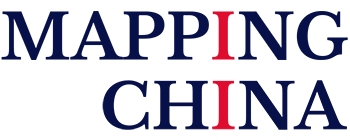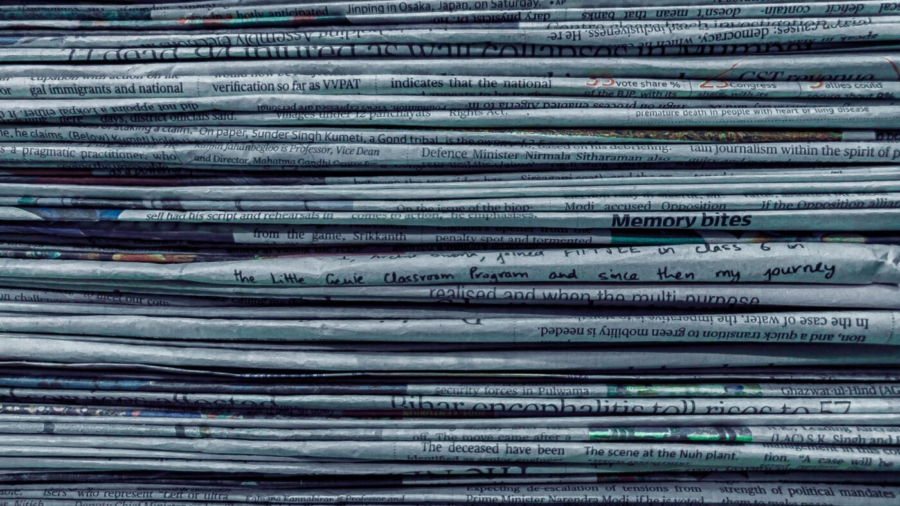China Studies Through the Lens of Crisis, Part II
By Aya Adachi
As the People’s Republic of China (hereafter China) has risen to the second biggest economy of the world and has become more visible as an international actor, the demand of coverage on China has increased in the past two decades. Journalists, political consultants, scholars, and policymakers, with and without China-specific expertise are participating in this discourse in various media. With growing coverage, the public discourse on China has also become increasingly polarized.
The narratives on China have always been somewhat binary. There are those who criticize the Chinese government and those who support continued exchange and engagement with China. These groupings have also been labelled “China hawks” and “panda huggers”. The former, criticise the actions of the Chinese government for not playing by the rules of the international community created by Western powers and – rightfully so – point out the human rights abuses, and the authoritarian nature of the regime. Sometimes these voices support containing the rise of China and are in favour of the trade war, sanctions and decoupling as to limit dependencies as influence from China. The latter emphasise the need to understand the Chinese perspective: they often point out that China’s economic growth has brought benefits to the world and assume that international stability is only maintained by integrating China into the international community through engagement and letting China take part in the decision-making of international affairs. The accomplishments of the Chinese regime like lifting its population out of poverty and its perceived effectiveness when tackling policy issues are presented as positive examples of the Chinese political system.
The developments in China of the past decade, however, have led to increased criticism against the Chinese government and aggravated the polarized coverage of China. The hope and expectation of the 90s and early 2000s that China would transform into a democracy or at least soften its authoritarian regime over time and become a more responsible stakeholder that supports the status quo of the international order has evaporated in the last ten years. After Xi Jinping became president of the P.R. China, the reporting on China has rightfully focused on how the CCP leadership centralized and institutionalized the authority of Xi, increased surveillance over its people through digital means, detained Uighur people in “re-education” camps, and increased its structural influence outside of China through bold initiatives such as the BRI.
The management of COVID-19 intensifies this already polarized commentary even further. The unprecedented and unknown nature of the epidemic and the crisis management of the Chinese government has widely been accused of lacking transparency. Media censorship in China, limited access to information, as well as a lack of journalistic responsibility and skill in Europe and the US in deciphering the developments in China during the early stages of COVID-19, have created a lack of knowledge and trust. This opaqueness serves as a blank canvas to project binary depictions, allowing to create a battle of narratives, a blame game: blaming China for the pandemic on the one side and China’s domestic and foreign media apparatus and diplomats spreading misinformation on the other. The commentary on China and COVID-19 has contributed to increasing incidents of racist attacks against people of Chinese or East Asian descent worldwide. Xenophobic incidents also increased in China after the first imported cases of COVID-19 were reported.
Overall, these developments are worrying, and the Chinese government needs to be criticized for its actions. However, the influx of criticism against China seems to have also resulted in an increase in China commentators fighting against each other. While some commentators call out racist takes on China that create animosity and increase the potential for conflict with China, others have been discredited for sympathizing with the CCP and being a mouthpiece for CCP narratives. Moderate takes on China seem to be less and less visible and are more and more undermined from both sides. The German Association of Asian Studies recently published a statement “Beware the Polarization” in which they state: “Scholars are expected to take sides. The attempt to stay neutral and contribute to understanding rather than fuelling the conflict is either interpreted as weakness or even as moral decay.” (DGA 2020) On a similar note, the German Stiftung Asienhaus (Asia House Foundation) criticizes that the discourse about China has turned into a minefield. While “China-Versteher” (someone who understands China), in the past has been used to describe someone who is able to analyse and decode China, it is now used to describe someone who excuses the actions of the Chinese regime (Stiftung Asienhaus 2020). This shows how the terminologies of the discourse on China are challenged even within the China expert communities.
As a result of the polarized discourses on China, the tolerance for ambiguity in both the commentary on China itself and in dealing with China is diminishing. Under these opposing views, the two approaches of challenging China or holding China accountable for its actions on the one hand and cooperating and engaging with China on the other, seem diametrically opposed if not mutually exclusive. Ambiguity is, however, what we need to be able to face when we want to discuss and talk about China. Journalism on China needs to address, contextualize, withstand and not eliminate the ambiguity, and factor in the unknown that is inevitably an intrinsic part of China.
The coverage of COVID-19 in China concisely sums up what troubles the commentary on China. Access to information, a key requirement for good journalism, is limited in China. These limitations in transparency and access to information not only sustain and nourish but also add fuel to the polarized discourses on China. While China-specific expertise is useful and necessary to interpret news and information from China and Chinese media outlets, participants in coverage of China need to face the limitations of their work and the consequences they have on the public discourse on Chinese politics. A pluralist spectrum in the commentary on any issue is an integral part of any democracy, however, it has become challenging to deal with this polarized and rigid set-up of discourses on China and its looming consequences. Ultimately, this polarized public discourse on China matters, directly or indirectly, as it informs and influences the way we engage, negotiate and cooperate with Chinese counterparts in politics and business.

